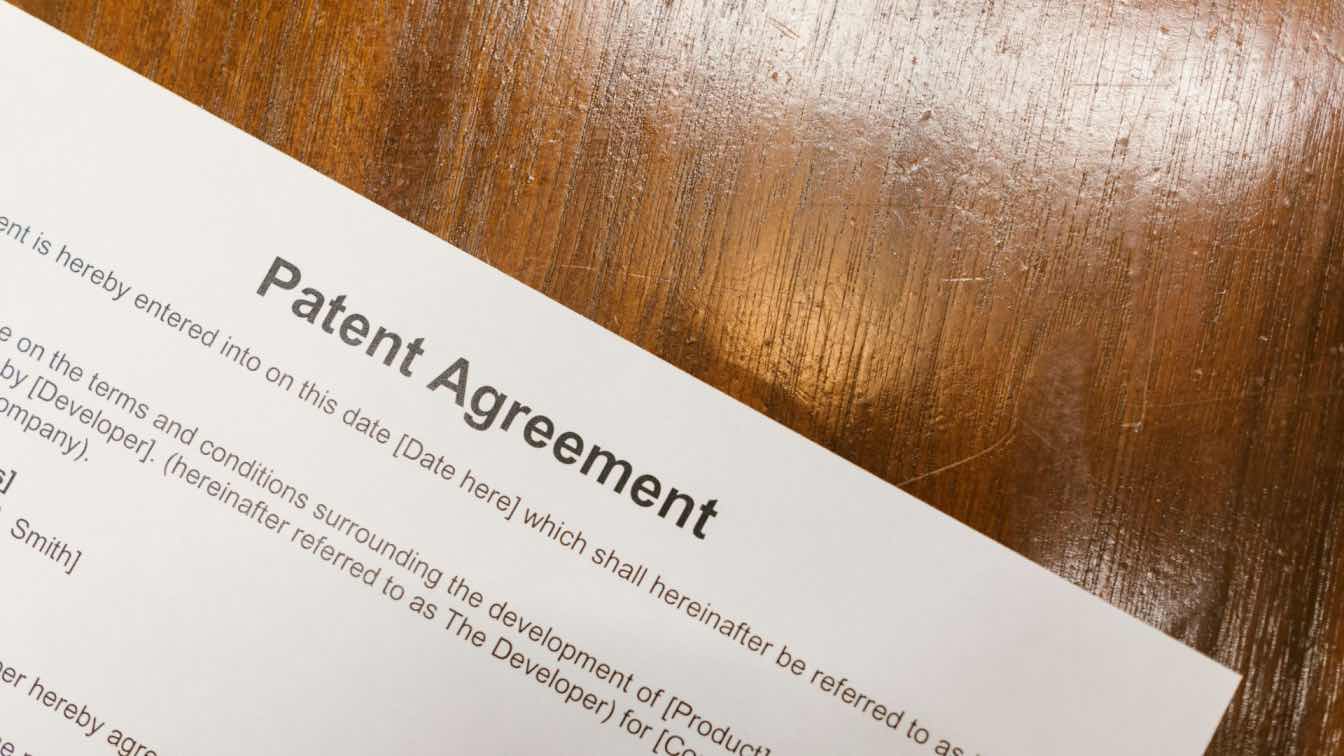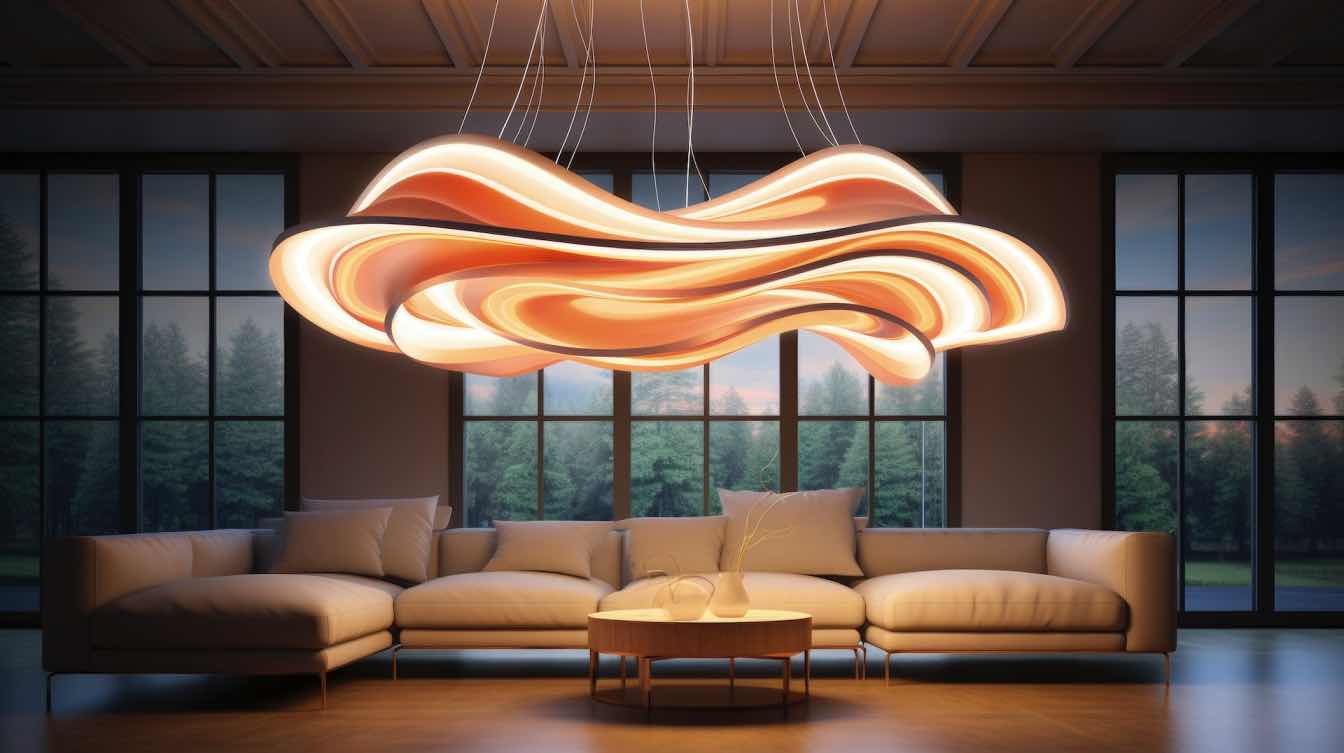You’re about to bring a groundbreaking architectural concept to life—and before sketches hit the paper, you may have to safeguard your vision to shield your creativity from copycats.
Here's your legal blueprint, one section at a time.
Step 1: Fix the Design with Copyright Clarity
When you’re at it, you need more than an idea; copyright protection requires expressed and tangible designs. You may begin via detailed drawings, digital models, or 3D renderings, capturing your concept of an authentic expression. In the U.S., the Architectural Works Copyright Protection Act (AWCPA) of 1990 automatically protects building designs created after December of that year.
While registration isn’t mandatory, filing with the U.S. Copyright Office, however, lets you seek statutory damages and attorneys’ fees in court as provided by law. So, make sure you secure your rights, like:
1. Register both conceptual plans and final blueprints (each requires separate protection)
2. Place ©, or the copyright notice and the year of first publication, on all your deliverables to reinforce your rights
They’re your chosen sketches and even rough drafts; they can now be documented and defensible—you’re preserving creative ownership before the build ever begins.
Step 2: Patent Novel Twists in Building Tech
If your concept incorporates groundbreaking tech—like a new structural system, facade method, or smart-material integration—it may qualify for utility patent protection. Recent metrics say that the government’s patent office has issued roughly 348,774 patents in 2023, with many U.S. companies leading the pack with 162,557 grants, marking an 18% increase year-over-year.
This is why you may need to:
- Conduct a patentability search to confirm novelty.
- Work with a patent attorney registered to practice before the USPTO
- Prepare a strong utility application supported by detailed descriptions and diagrams
- File early to enjoy “patent pending” status—deterring and outrunning copycats and signaling seriousness and competency
In 2023 alone, filings around the globe have already hit a record of 3.6 million, with the U.S. making up nearly 600,000 of them, and counting. So, in this ultra-competitive field, filing the earliest is your key to getting your protection early.
Step 3: Reinforce Brand Identity with Trademark Muscle
When people can instantly recognize your building as your own—like flagship retail locations—trade dress and trademarks can protect its “look and feel.” Some laws, like the Lanham Act, allow you to claim exclusive rights over the non-functional, distinctive design elements of your building or its interiors.
This is when you may have to work with an expert in the arena, an IP lawyer who can help you file with the USPTO or at your local IP office. If you’re in advanced cities like New York City, where everything seems to be sky-high and confusing, from regulations to compliance, you need a competent attorney to help you walk through the processes.
It’s to protect elements in your craftsmanship that are public-facing and commercially significant—your facade, signature floor plans, or distinctive aesthetics you call your own.
Step 4: Lock Down Rights with Smart Contracts
You're collaborating every step of the way–whether they’re your clients, fabricators, or partners, so you can’t just exclude their efforts. That means you may have to walk through non-disclosure agreements (NDAs), licenses, work-for-hire agreements, IP clauses, and craft contracts to:
Spell out who owns the sketch, model, and build‑ready files.
1. Define usage rights—whether the client can replicate your design for other developments or only for one project.
2. Require written permission for adaptations or reproductions.
Step 5: Monitor, Enforce, and Evolve
Once your concept’s out there, vigilance is essential so courts may not tell you you slept on your rights later when tweaks become a shove of your design ownership. So you need to keep your ownership active and:
- Monitor: Set up publications and alerts for architectural news or planning permit applications
- Send cease‑and‑desist letters for suspected copycats, wherever they are
- File and pursue injunctions: Under AWCPA, violating parties can be blocked before construction begins
Remember that your patents and trademarks are enforceable worldwide, and you can tap international IP offices or courts for these challenges.
It’s a given that competition in today’s global arena is quite fierce, what with the ever-increasing new discoveries and patentable creations, so you can’t afford to lounge around and wait before someone infringes your masterpieces.
Final Thoughts: Bring Vision to Legal Life
By crafting your design, innovating thoughtfully, branding creatively, contracting meticulously, and enforcing proactively—you turn your concept into a legally fortified asset. It’s an approach that can protect your architecture ahead of construction and also transform every stage—from napkin sketch to groundbreaking ceremony.
So, protect your genius, build your legacy, and make your architectural innovation extraordinary, unique, and legally prepared and protected. That’s what smart legal prep for architectural innovation looks like.





